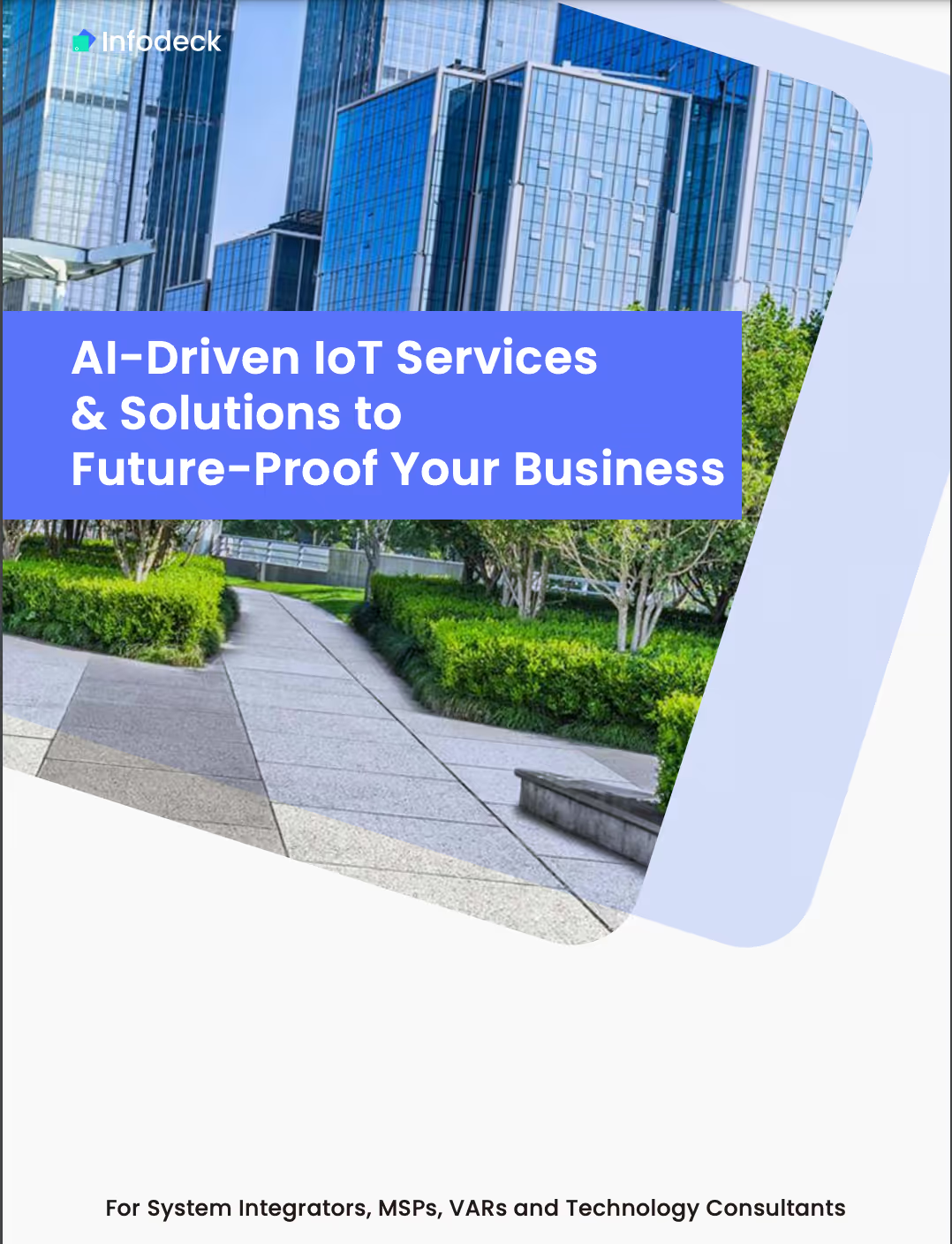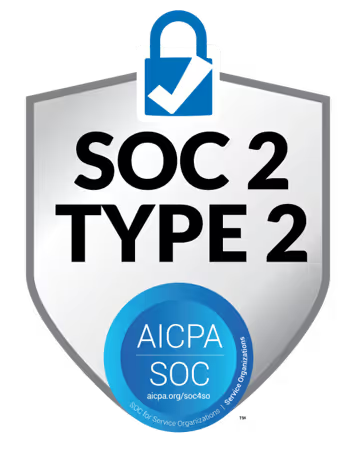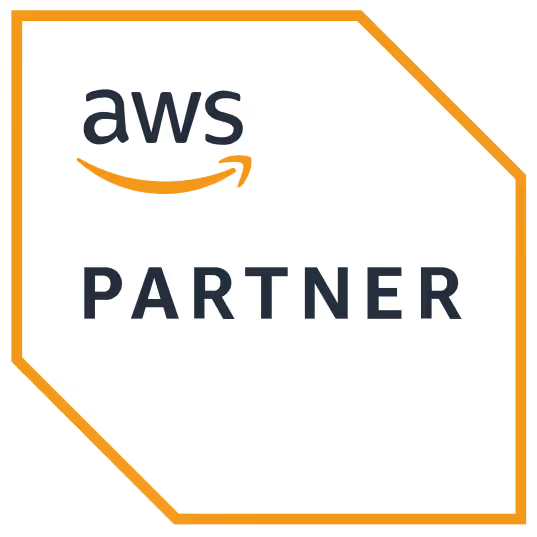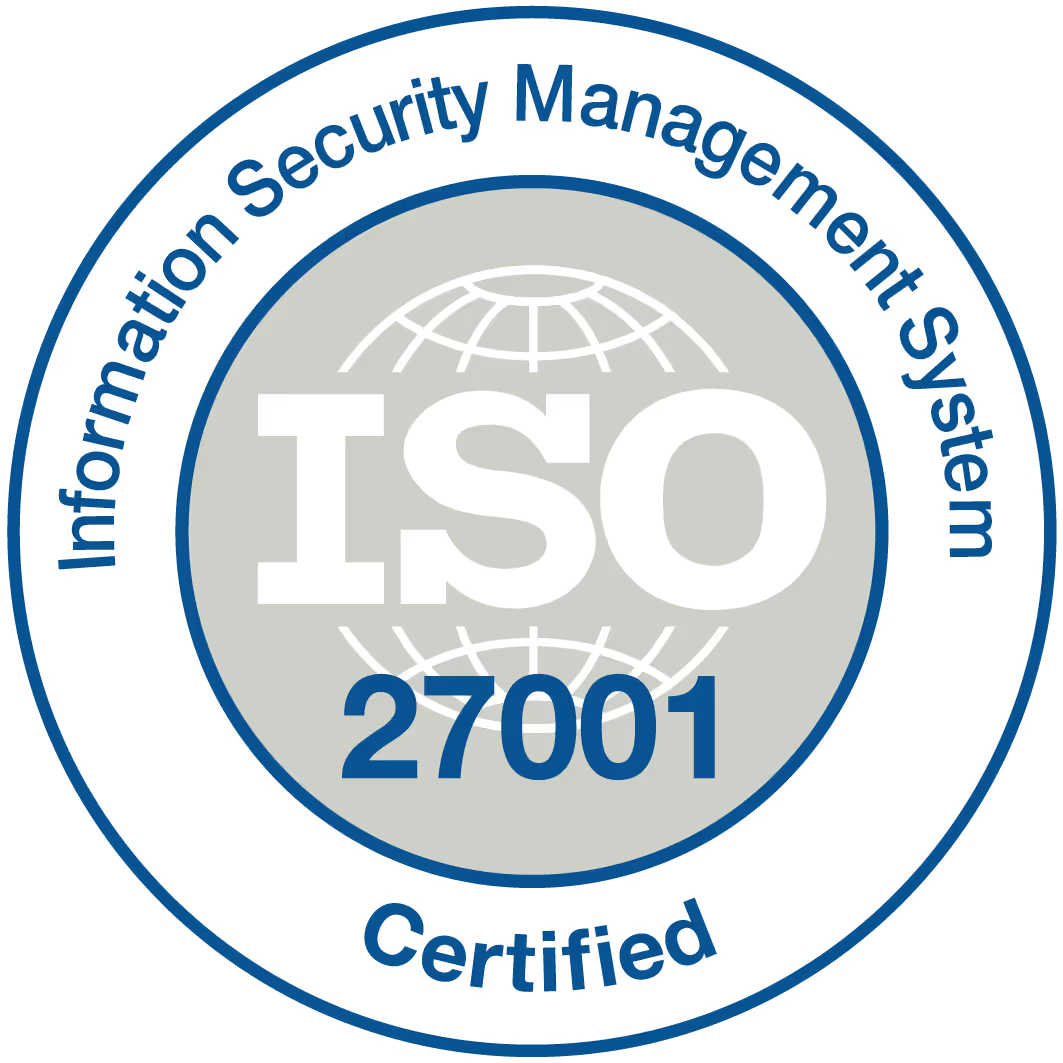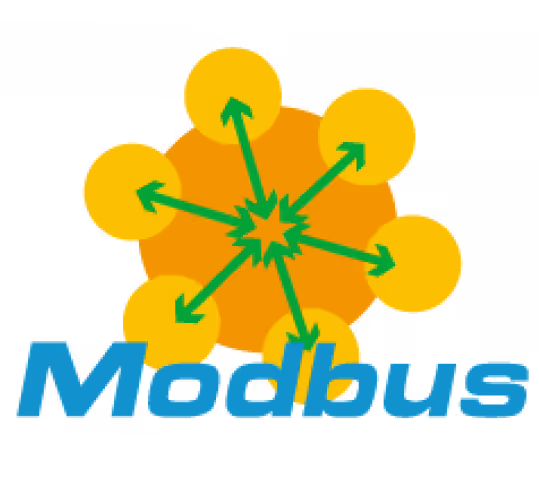Smart Facility Software: Understanding Capabilities & Benefits (2025)

Smart facility software integrates IoT sensors, AI analytics, and cloud platforms to automate building operations, reduce energy costs by 25-40%, and improve occupant comfort. Key capabilities include:
- Real-time monitoring of HVAC, lighting, and equipment
- Predictive maintenance to prevent breakdowns
- Automated energy optimization and reporting
Wondering how to achieve frictionless facility management? Smart facility software, sensors and real-time events is the magic wand you've been looking for. Imagine an IoT Smart FM platform that simplifies maintenance, optimises space utilisation, and enhances security – all in one place. With its easy-to-use interface and robust capabilities, this smart facility management software guarantees to revolutionize your workflow.
Are you ready to revolutionise the way you manage facilities and events! Whether you're a small business or a sprawling corporation, implementing smart facility software can open up new levels of efficiency and productivity for your organisation. Studies show that organisations using smart FM software achieve up to 40% cost reduction and 30% improvement in operational efficiency, with McKinsey reporting that smart buildings can reduce costs by 20-30%.
Understanding Smart Facility Software Capabilities
Functions of Smart Facility Software
Smart facility software is built to simplify and optimize certain elements of building management. The IoT Smart FM platform includes capabilities such as real-time monitoring, predictive maintenance, energy management, space utilization tracking, and security system integration. For example, smart facilities software can track the utilization of conference rooms within an office tower and modulate temperature accordingly, resulting in 25-30% energy savings, as confirmed by Deloitte's 2024 smart building survey.
This sort of smart facility management software enables asset management by offering a centralised place to track equipment and resources within a facility. It typically has work order management, maintenance scheduling, and reporting capabilities to assist in the decision making process. Leading smart FM software solutions integrate with existing CMMS systems for seamless operations.
Speaking of safety and security, smart facility software can tie in with surveillance systems to monitor around the clock. So you can respond right away to any breaches or emergencies with automated alerts sent directly to staff through the smart facilities software mobile app.
Importance of Real-Time Monitoring and Automation in Smart FM Software
Real time monitoring is needed to detect problems as they arise in a plant. By deploying sensors and connected devices across the building infrastructure, smart facility software can gather real-time data on temperature, humidity, energy usage, and equipment health. This allows smart facility management software to be proactive by notifying your staff about potential issues before they become big problems - reducing equipment downtime by up to 75%.
Automation is key to the running of facilities with smart FM software. Through the automation potential of smart facility software, for example, lights can be adjusted depending on the amount of natural light or HVAC systems can be regulated relative to occupancy without the need for human involvement. Consequently, this not only decreases operational expenses by 30-40% but helps generate more comfortable spaces for these occupants and save energy through intelligent smart facilities software algorithms.
Key Features of Smart Facility Software for EVS
Smart facility software provides easy integration with IoT devices to communicate. That is, smart facility management software can integrate with a facility's IoT devices, like sensors, cameras, and other smart equipment. For example, it could get real-time input from environmental sensors to track things like temperature, humidity, or air quality through the smart FM software platform.
This integration enables the smart facilities software to gather valuable data from various sources in the plant. It can then analyze this data to gain insights into energy usage, occupancy of various spaces in the building, or even equipment usage. As a result, facility managers using smart facility software can make informed decisions about resource allocation and operational improvements based on accurate and up-to-date information gathered through these integrated IoT devices.
What's more, using this connectivity to IoT devices, smart facility management software supports proactive maintenance strategies. For instance, it can automatically create work orders for maintenance when associated equipment exhibits symptoms of failure or wear-and-tear. This smart FM software capability avoids possible interruptions by taking care of problems before they become severe, while optimising maintenance timing according to real usage patterns captured from the connected IoT framework.
Among the highlights of smart facility software are its customisable task management capabilities combined with next-level scheduling features for EVS at a hospital or hotel. These features enable users to construct tailored workflows that match their specific needs within the smart facilities software interface.
For example, the smart facility management software system might allow users to specify customized cleaning schedules for various sections of a facility based on differential requirements, like surgical wards vs. the lobby in a hospital, to guarantee peak hygiene through intelligent smart FM software scheduling.
Additionally, the scheduling functionality in smart facility software allows you to schedule work based on priorities and given resource availability. This implies supervisors can schedule cleaning activities dynamically based on actual needs without degrading service levels across different areas of a venue using advanced smart facilities software algorithms.
Smart facility software includes advanced reporting tools that provide deep insight into EVS operations. These analytics capabilities in smart facility management software enable decision makers by granting them access to key performance metrics in intuitive presentations.
For instance, the smart FM software system could produce reports highlighting cleaning frequencies by zones during set time periods and associated resource utilisation metrics—allowing managers to spot patterns of high-traffic zones or peak demand periods needing extra focus through comprehensive smart facilities software analytics.
Benefits of Implementing Smart Facility Software
Improved Resource Allocation and Cost Savings with Smart FM Software
Smart facility software drives better resource utilization and cost savings. Through data-driven insights, facilities using smart facility management software can optimise their resource usage, cutting down on waste and unnecessary expenses. For instance, the smart FM software might analyze past data to forecast future requirements. This enables you to plan and allocate resources such as cleaning supplies, equipment maintenance and staffing needs, typically reducing costs by 35-40%.
Sustainability, too. Resource efficiency through smart facilities software not only results in cost savings but promotes environmental sustainability through waste reduction. CMMS solutions can enhance sustainability efforts through automated monitoring and analysis, facilities can pinpoint opportunities for energy conservation, decreasing utility costs while supporting eco-friendly practices with smart facility software.
Smart facility management software will allow you to schedule maintenance in advance based on the performance of different systems. This predictive maintenance strategy in smart FM software avoids expensive equipment failures by repairing or replacing parts in a timely manner.
Enhanced Compliance with Industry Regulations and Standards Using Smart Facility Software
Smart facility software ensures compliance with industry regulations and standards. It offers a centralised platform in the smart facility management software to oversee documentation for regulatory requirements, certifications, inspections, and audits. With the records up-to-date in the smart FM software system, facilities can easily show compliance during inspections or audits.
For instance, using smart facilities software:
- Hospitals need to maintain rock solid cleanliness standards established by health organizations
- Schools need to adhere to safety standards for facility maintenance
- Commercial properties have specific guidelines for sanitation protocols
Using smart facility software specific to these industries' unique needs, facilities can simplify compliance efforts while avoiding potential penalties or fines for non-compliance through automated smart facility management software tracking.
Streamlined Communication and Coordination Among EVS Teams with Smart FM Software
Another powerful advantage of smart facility software is simplified communication and coordination for EVS teams. The smart facility management software gives you a centralised platform where team members can view their task assignments, update progress in real time, and communicate efficiently about any problems or shifting priorities. Smart FM software drives more efficiency by taking away paper work, minimizing miscommunication mistakes, and making sure work gets done on time - improving team productivity by up to 45%.
Smart Facility Software in Hospital Environments
Healthcare Challenges Addressed by Smart Facility Management Software
Smart facility software provides customized solutions for healthcare-specific issues. These smart facility management software solutions meet the unique needs of hospital environments to keep facilities running efficiently and effectively. For example, smart FM software can allow hospitals to run their facilities integrating maintenance, security, and compliance.
In critical care areas where clean and safe are the two most important things, smart facility software is a must. By harnessing this smart facilities software tech, hospitals can guarantee that busy areas such as ORs and wards are kept at peak cleanliness. This is accomplished with automated cleaning task scheduling and real-time monitoring in the smart facility management software to quickly resolve anything threatening the environment's safety.
Optimising Hospital EVS Operations with Smart Technology
Minimising Downtime with Smart FM Software
Smart facility software in hospitals uses predictive maintenance to reduce downtime. Leveraging emerging technology in smart facility management software, such as cloud computing and IoT sensors, the smart FM software can forecast problems with key machines like HVAC units. This allows maintenance teams to intervene before problems become larger, helping critical hospital operations stay up and running with 75% less unplanned downtime.
The predictive maintenance function of smart facility software is transformative for hospitals. For instance, an HVAC unit that explodes without warning could spell misery for patients and staff. With predictive maintenance in smart facilities software, it can tell technicians about the problem long before it becomes disruptive. This not only conserves time and resources but helps keep a comfortable, safe environment in the hospital through proactive smart facility management software.
Enhancing Infection Control Measures with Smart Facility Software
Smart technology integrated into smart facility management software is key to controlling infections through data-driven insights. By monitoring environmental and foot-traffic data from various parts of the hospital, the smart FM software is able to detect high-risk areas in need of increased infection control.
For example, if hospitals track events like admissions or visiting hours with this smart facility software technology they'll be able to know which areas need cleaning or disinfection more often. Live air quality data from linked HVAC units in the smart facilities software allows for quick interventions to optimize indoor air quality – an essential measure to curb airborne diseases.
Supporting Staff Productivity Through Smart FM Software
One of the key benefits of smart facility software lies in its ability to support staff productivity and morale through user-friendly interfaces. Between the intuitive dashboards and convenient access provided by these smart facility management software systems, hospital staff can easily keep on top of their responsibilities without drowning in bureaucracy.
For example: A housekeeping staff member responsible for managing various cleaning assignments across different wings of the hospital can easily navigate through their daily tasks using user-friendly interfaces provided by smart facility management software. This keeps critical EVS processes humming in the smart FM software and reduces mistakes caused by complex systems.
The Role of Data Analytics in Smart Facility Management Software
Identifying Trends and Patterns with Smart Facility Software Analytics
Facility managers can leverage data analytics in smart facility software to identify trends and patterns in their operations. By mining data from equipment sensors, maintenance logs and energy usage through smart facility management software, they can gain valuable insights into the operation of various systems in a facility. For instance, by looking at past HVAC usage and associating it with occupancy levels in the smart FM software, managers can fine-tune temperature settings to save energy without sacrificing comfort - achieving 25-30% energy reduction.
Additionally, by leveraging smart facility software, data on cleaning schedules and room occupancy can be evaluated to identify high-traffic locations that should be cleaned more often. This proactive cleaning mindset in smart facilities software is not only beneficial for cleanliness purposes, it helps with infection control in the hospital.
Predictive Analytics for Proactive Decision-Making in Smart FM Software
Perhaps the biggest benefit to smart facility software is its use of predictive analytics to guide proactive decision making. By feeding real-time data on equipment performance into predictive models within smart facility management software, facility managers can anticipate problems ahead of time. For example, when a chiller begins to exhibit nascent failure symptoms in the form of strange temperature readings or vibrations detected by sensors in the smart FM software, maintenance crews can be informed to take preventative measures before a failure.
Along with equipment upkeep, predictive analytics in smart facilities software come into play when it comes to managing space utilisation within facilities. By investigating past booking data for meeting rooms or hot desks through smart facility software, facility managers can predict demand trends and allocate spaces accordingly. This not only maximizes space efficiency, but improves end-user experience by having it available at the moment it is most needed.
Driving Continuous Improvement Initiatives with Smart Facility Management Software
These data insights from smart facility software provide the fuel for continuous improvement across facility management. For example, by combining occupant feedback with environmental sensors like indoor air quality or lighting levels in smart facility management software, managers can determine how best to improve occupant comfort while reducing energy usage.
In addition, smart FM software allows benchmarking against industry standards and best practices with comparative data, so facilities can see where they're falling behind or ahead of their peers. This sort of benchmarking in smart facilities software helps establish targets that are realistically aspirational, while providing concrete insights into operational efficiencies to be addressed.
Integrating Smart Facility Software into Existing EVS Workflows
Customisation Options in Smart Facility Management Software
If you plan to implement smart facility software into existing EVS workflows, customisation options are important. For example, smart facility management software should be customized to fit specific EVS procedures. This makes certain that the new smart FM software system naturally fits in with the existing flow.
Customisation lets the smart facility software adapt to the specific needs of an organisation's EVS department. When you tailor functionalities like work orders, spare parts and analytics in smart facilities software, your team can keep on keeping on while enjoying the newfangled tech's superpowers.
Training and Support Resources for Smart FM Software Implementation
Comprehensive training and support resources will be crucial to a smooth transition and adoption of smart facility software by staff. They provide employees with the knowledge and skills they need to effectively use the smart facility management software in their EVS workflows.
Training for smart FM software could include navigating the interface, leveraging specific modules for tasks such as scheduling or machine maintenance and interpreting data analytics for decision-making in the smart facilities software. Support — user manuals, a help desk or forum– keep staff supported whenever they get stuck using the new smart facility software.
Case Studies: Impact of Smart Facility Software on EVS
Efficiency Gains Through Smart Facility Management Software Implementation
Smart facility software applied to hospitals has produced spectacular efficiency improvements. For instance, the Singapore BCA (Building and Construction Authority) reported a significant reduction in energy consumption by integrating smart facility management software for facilities management. This led to optimized workflows, less downtime and better resource utilization.
The rise of smart FM software has empowered healthcare organisations to streamline their EVS workflows. By harnessing real-time data analytics and automation capabilities in smart facilities software, these organizations have observed a dramatic reduction in response time to maintenance requests and equipment failures. Consequently, employee productivity went up and overhead went down by 35-45%, avoiding the high costs of unplanned downtime that Forbes notes can be devastating.
Smart facility software is integral to predictive maintenance as well, enabling EVS teams to address potential troubles before they develop into full-blown problems. Armed with historical performance data and predictive analytics in smart facility management software, care facilities can schedule maintenance with more efficiency, avoiding unexpected hiccups that could affect patient care.
Performance Improvements with Smart FM Software
Healthcare organisations across the globe have observed impressive performance gains after adopting smart facility software. Customer feedback from hospitals highlights the benefit to daily activities. They shared, for instance, that hospitals have experienced better onsite cleanliness due to optimised cleaning schedules via their smart facility management software.
Beyond this, smart FM software's intelligent scheduling algorithms have allowed healthcare facilities to deploy resources according to demand and occupancy. In doing so with smart facilities software, they've become cleaner and compliant with strict hygiene regulations–so important for patient safety in a hospital setting.
Complementing this enhancement is a general increase in personnel morale as workers equipped with cutting-edge smart facility software solutions find their work efficiently simplified. This helps foster both workplace happiness and talent retention.
Quantifiable Results from Smart Facility Management Software
The hard numbers cement the real-world value of smart facility software for EVS operations in hospitals. Use of such smart facility management software technology has resulted in demonstrable improvements in key metrics such as cost savings on energy, asset utilisation rates via predictive maintenance, and overall operational efficiencies.
Performance MetricImprovementImpact🔌 Energy Consumption30%ReductionLower utility bills, improved sustainability💰 Labor Costs40%SavingsStreamlined operations, automated workflows✨ Cleanliness Standards35%EnhancementBetter hygiene, improved occupant satisfaction📈 Staff Productivity45%ImprovementFaster task completion, reduced errors🔧 Predictive Maintenance50%Cost ReductionPrevented failures, extended equipment life
By highlighting these measurable results stemming from the incorporation of smart FM software technology into their workflows, healthcare organizations persist in underscoring the importance of embracing innovation for long-term success with smart facilities software.
Future Trends in Smart Facility Management Solutions
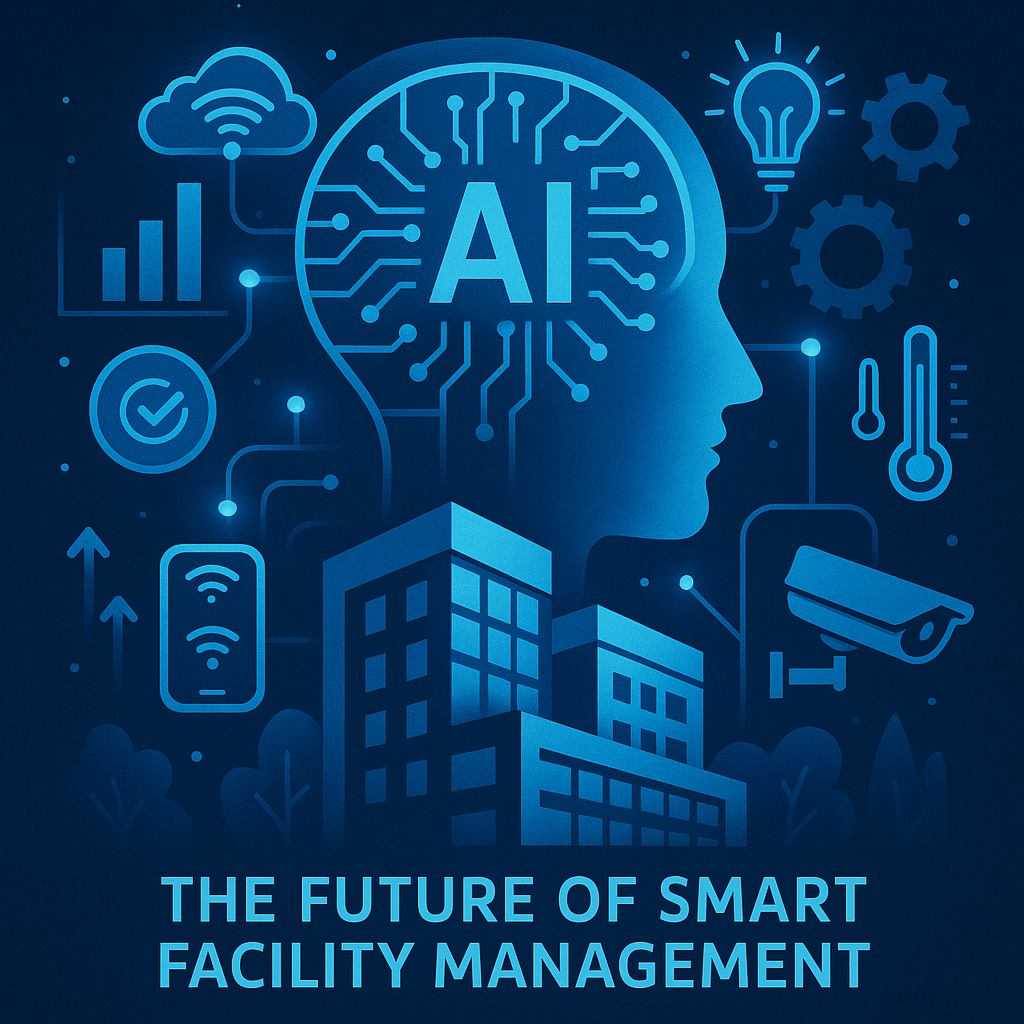
AI-Driven Facility Optimisation in Smart Facility Software
Smart facility software is about to get much smarter, especially with AI integrated for facility optimisation. This means utilizing AI algorithms in smart facility management software to examine information from multiple systems in a building management system (BMS). For instance, leveraging machine learning capabilities, these smart FM software solutions can forecast and detect possible problems in advance. This predictive maintenance model enables you to take action before it becomes expensive downtime, and optimise overall efficiency.
The benefits of AI-driven facility optimisation in smart facilities software go further than just reactive maintenance. Through machine learning of historical and real-time data from various protocols, smart facility software can identify patterns and trends, allowing it to take decisions itself. This allows facilities to reach peak energy efficiency while ensuring peak performance in multiple systems.
Interoperability Expansion in Smart Facility Management Software
Another key trend in the realm of smart facility management solutions is the expansion of interoperability between diverse facility systems. With buildings frequently outfitted with heterogeneous technologies like HVAC controls, lighting, security devices, etc — all on different protocols — the demand for seamless integration among these parts is increasing. Advanced smart facility software will enable this interoperability by serving as a translator that allows these disparate systems to communicate with each other.
For example, contemporary BMS in smart facility management software might include functionality that lets it talk to devices via multiple protocols like BACnet/IP or Modbus TCP/IP at once. This level of interoperability in smart FM software guarantees that data flow between disparate equipment continues to be streamlined. Therefore, facilities experience greater integration between their different subsystems through comprehensive smart facilities software.
Final Remarks
You've explored smart facility software and its effect on hospital EVS. From knowing what smart facility management software is to discovering its main features, benefits and practical case studies, you've seen how this technology streamlines EVS workflows. The function of data analysis and future developments in smart FM software bolster the possibility of incorporating intelligent software into established processes. As you explore the future of facility management solutions, think about how smart facilities software can transform efficiency, productivity, and even service quality inside hospitals.
Ready to transform your EVS operations with smart facility software? Step into smart facility management! Until next time, keep exploring, stay informed, and be at the cutting edge of innovation in healthcare facility management with advanced smart facility management software solutions. Learn more about IoT-based CMMS and how it integrates with modern smart FM software.
Frequently Asked Questions
What are the main capabilities of smart facility software?
Smart facility software has capabilities such as real-time monitoring, predictive maintenance, energy management, and space utilization optimisation. Smart facility management software brokers operational efficiency in facilities management with 40% average cost reduction.
How can smart facility software benefit EVS in hospitals?
Smart facility software can benefit EVS in hospitals by improving task scheduling, optimising resource allocation, enhancing cleanliness standards, and ensuring compliance with regulations. Smart FM software helps foster a safer and healthier environment for patients and staff with 35% improvement in cleanliness metrics.
What role does data analytics play in facility management with smart software, cloud, sensor data widgets with customise dashboard?
Data analytics comes into play for facility management with smart facility software by giving you insight into operational performance, resource utilization patterns, predictive maintenance needs, and cost-saving opportunities. This allows intelligent decisions for smarter, more efficient facilities management through smart facility management software.
How does integrating smart software impact existing EVS workflows?
The addition of smart facility software to EVS workflows, even existing ones, can increase operational efficiency by automating routine tasks like inventory management or equipment maintenance scheduling. Smart FM software additionally offers real-time visibility into workflow status to pinpoint bottlenecks or potential improvement areas.
What future trends can be expected in smart facility management solutions?
Future trends in smart facility management solutions may include advancements in IoT integration for enhanced automation, AI-powered predictive analysis for condition-based maintenance, additional integration of mobile technologies for remote monitoring and control, along with greater focus on sustainability efforts within facilities using smart facility software.


.png)


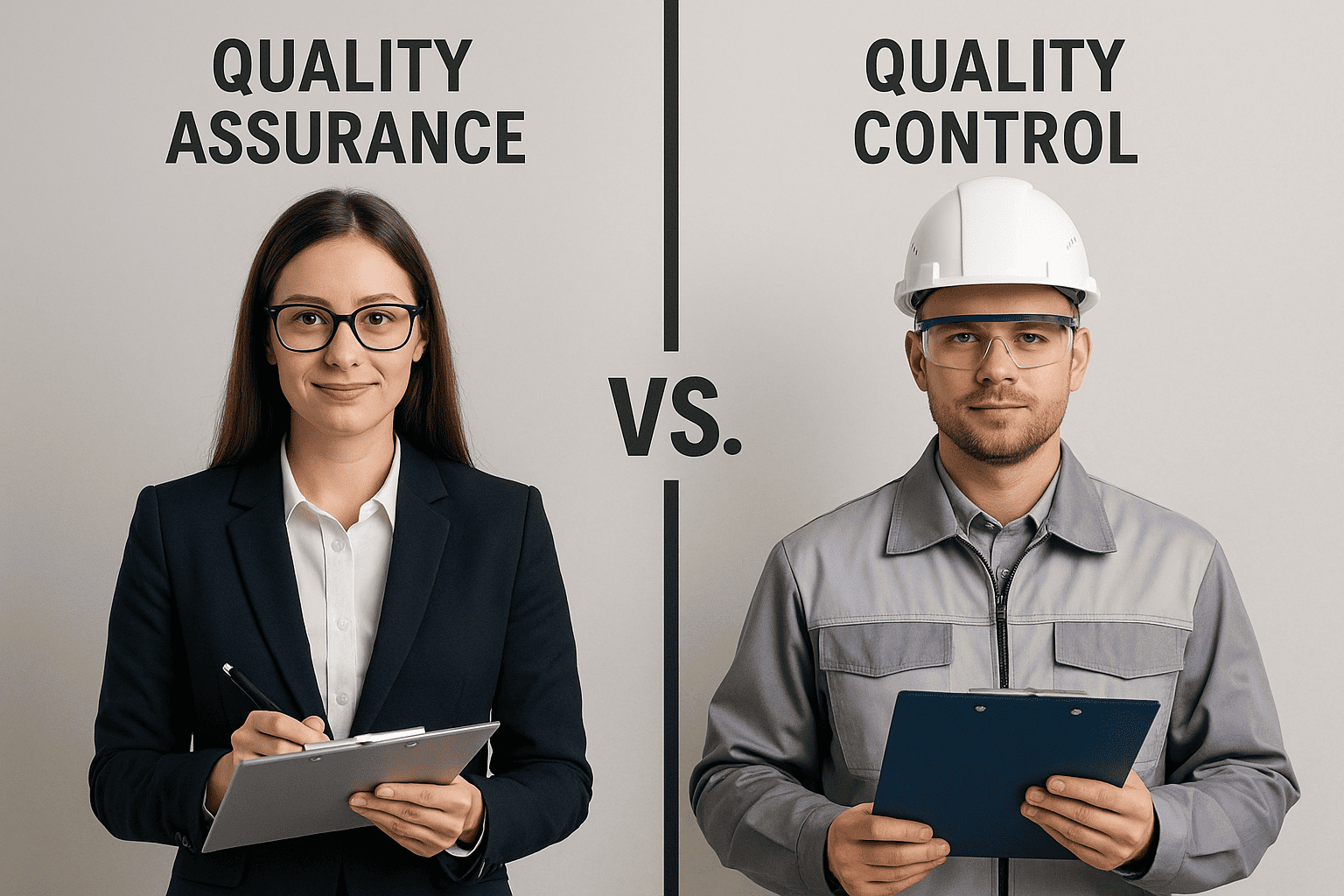

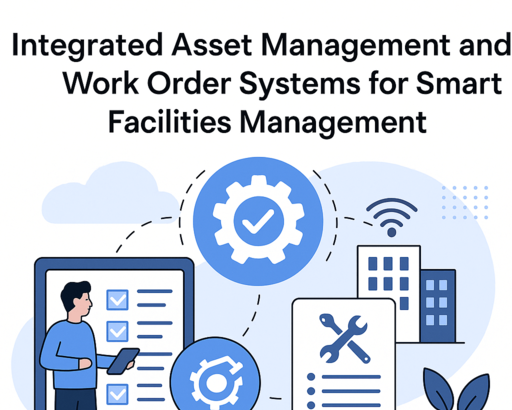
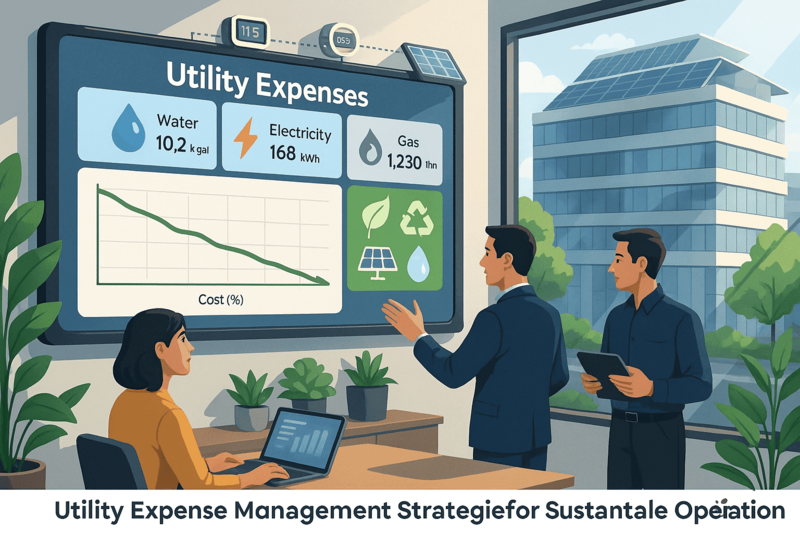


.png)




.png)
















.jpeg)









